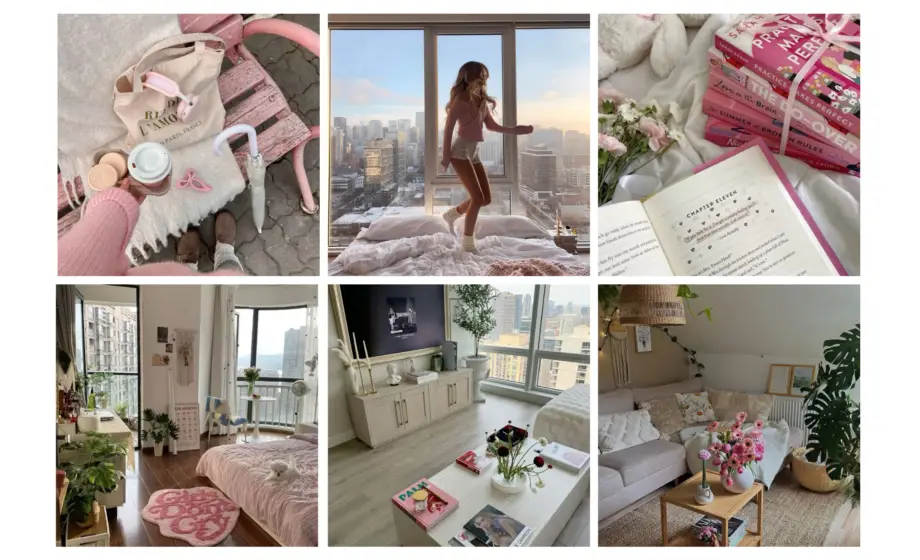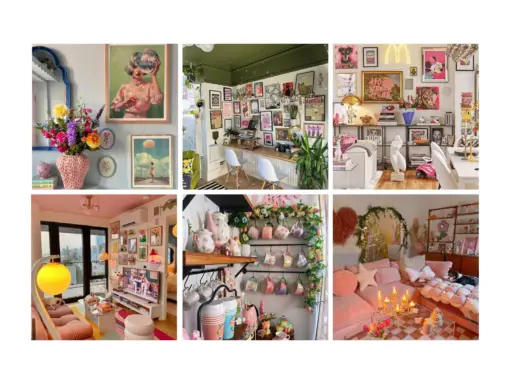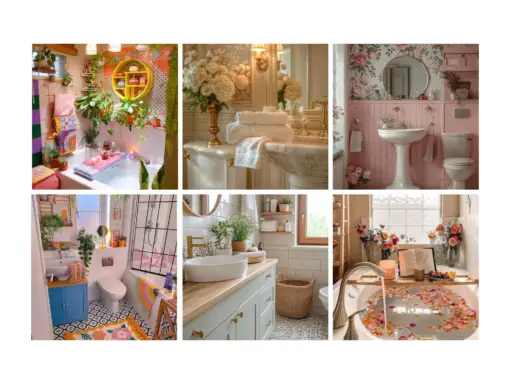Pinterest has become a leading platform for discovering interior design trends, making it easier than ever to gather inspiration for your home decor. With a wealth of ideas just a click away, you can explore styles that redefine modern living while incorporating elements from diverse cultures. This guide will walk you through the latest trends shaping interior spaces and highlight what is gaining popularity among design enthusiasts.
As you navigate these trends, you’ll notice a strong focus on minimalism, natural materials, and a blend of traditional and contemporary styles. The influence of Japanese aesthetics is particularly notable, promoting serenity and simplicity in home environments. Your next design project can benefit from these insights, allowing you to create spaces that are both functional and visually appealing.
Stay tuned as we dissect these emerging trends and reveal how Pinterest is influencing the future of home decor. Whether you’re looking to refresh a single room or undertake a complete renovation, these insights will provide you with a solid foundation for your design journey.
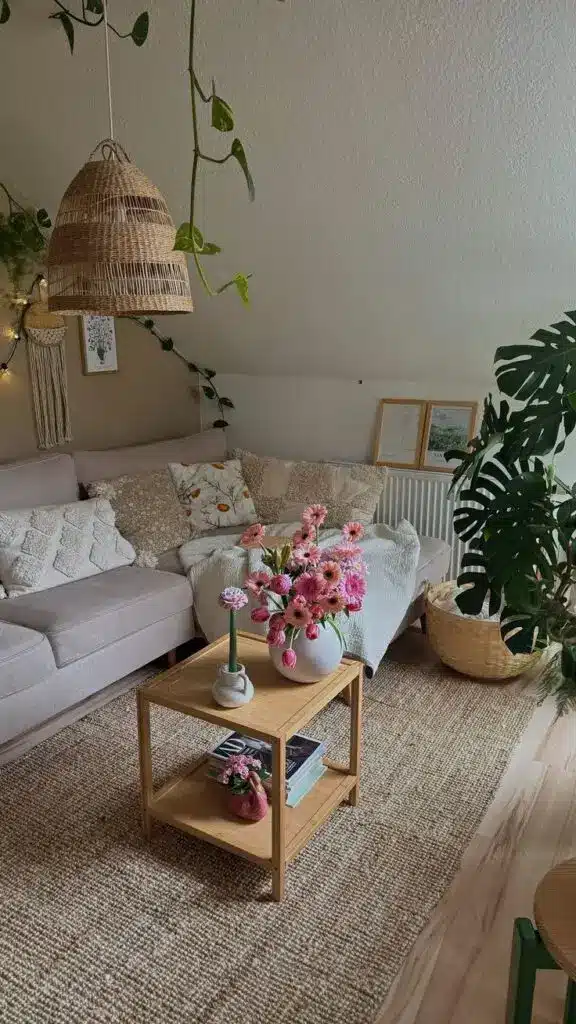
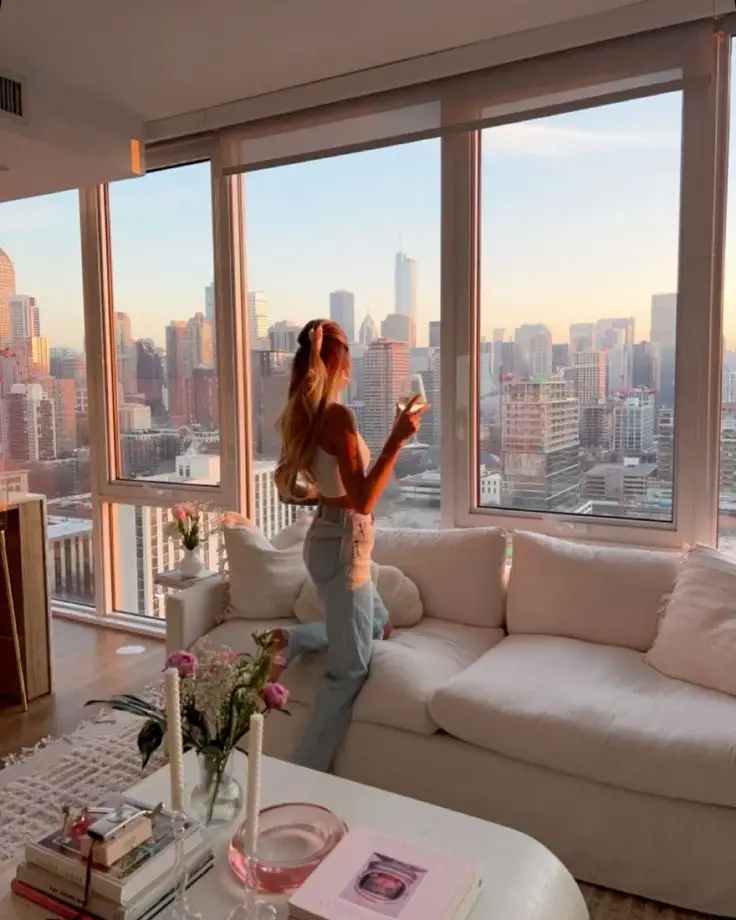

Key Takeaways
- Pinterest showcases innovative ideas for modern interior decor.
- Minimalism and natural materials are leading design trends.
- Cultural influences enrich the aesthetics of contemporary homes.
Emerging Trends in Interior Design
The interior design landscape is evolving rapidly, influenced by creativity and sustainability. These emerging trends focus on aesthetic appeal while promoting eco-friendliness and personal expression.
The Rise of Cafecore
Cafecore is a trend inspired by the cozy, inviting ambiance of cafes. It emphasizes comfort with a blend of vintage and modern elements.
Key features include:
- Warm colors: Soft earth tones create a relaxing atmosphere.
- Mixed materials: A combination of wood, metal, and textiles adds depth.
- Eclectic furnishings: Mismatched furniture pieces contribute to a laid-back vibe.
Incorporating this style into your home involves selecting unique decorative items like artisanal mugs and potted plants. These elements foster a sense of warmth and connection reminiscent of your favorite coffee shop.
Shift Toward Sustainability
Sustainability has become a crucial focus in interior design. Many homeowners are prioritizing eco-friendly materials and practices to reduce their carbon footprint.
Considerations include:
- Recycled materials: Furniture and decor made from reclaimed wood or repurposed items are gaining popularity.
- Energy-efficient appliances: Opting for eco-conscious products helps in reducing energy consumption.
- Indoor plants: Integrating greenery not only purifies the air but also brings nature inside.
Utilizing sustainable resources reflects a conscious effort to create a healthier environment. You can start small by choosing locally sourced materials and supporting sustainable brands.
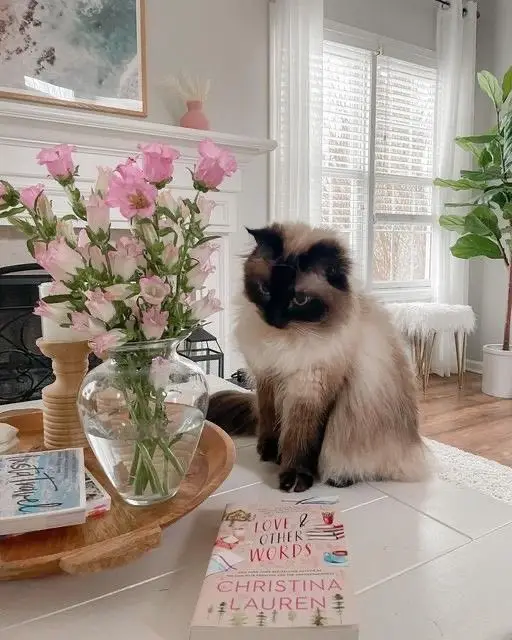
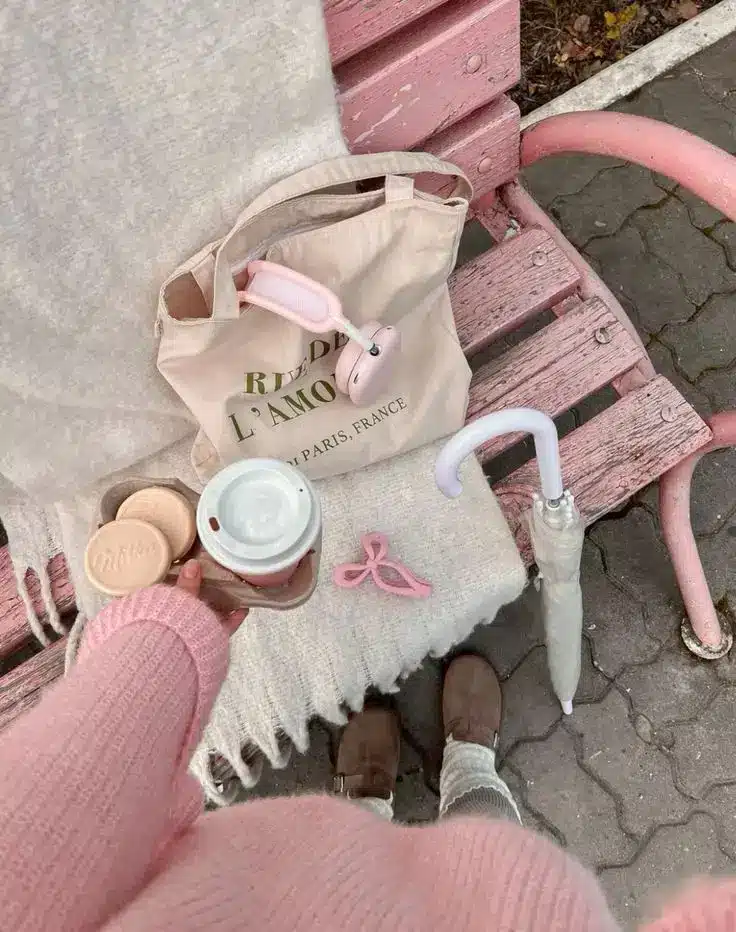
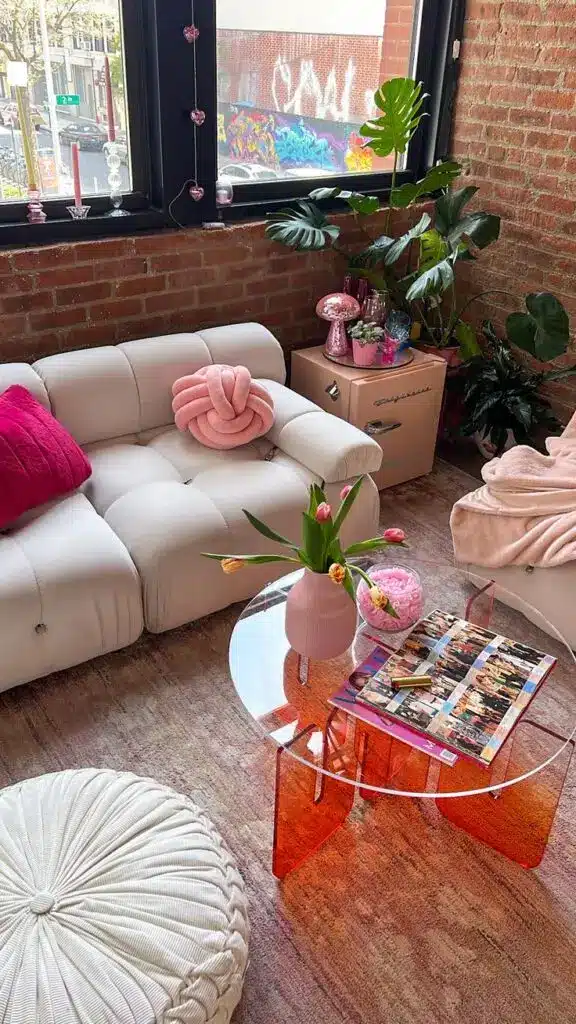
Floral Room Aesthetic Engagement
The floral room aesthetic is all about bringing the beauty of nature indoors. This trend celebrates vibrant patterns and botanical elements.
To adopt this style:
- Wallpaper and textiles: Floral patterns in wall decor and furnishings make an impactful statement.
- Live plants: Incorporating various houseplants enhances the aesthetic and improves air quality.
- Accessories: Decorative pieces like vases or artwork featuring floral designs can unify the theme.
Engaging with the floral room aesthetic allows you to express individuality while creating an uplifting living space. The result is a refreshing environment that invites relaxation and joy.
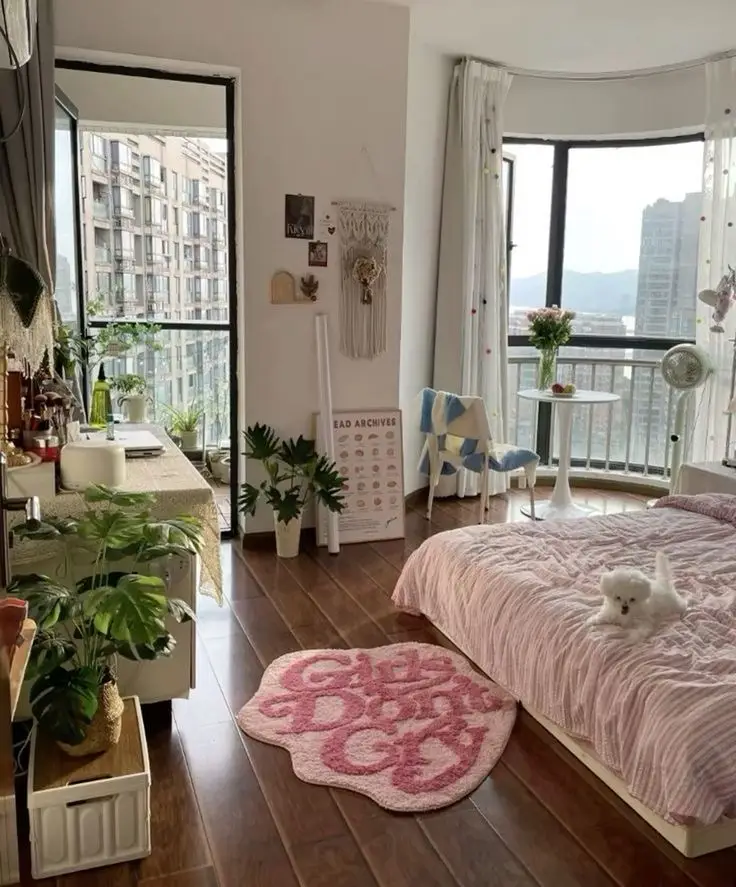
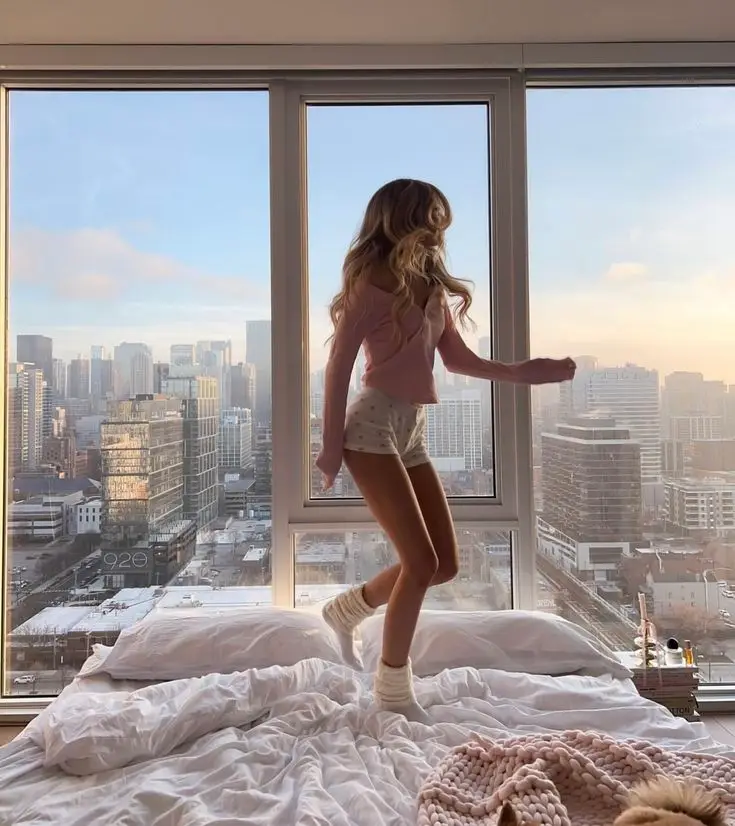
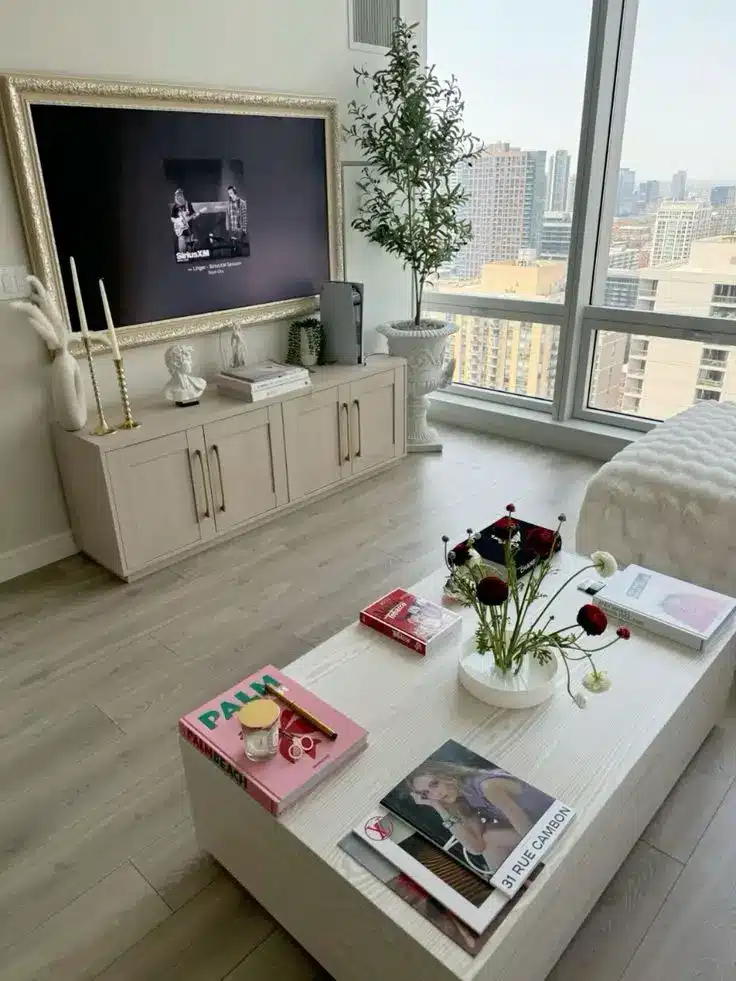
Design Elements Defining Modern Homes
Modern homes emphasize a blend of elegance and functionality. Key design elements include the use of natural materials, green decor accents, and a focus on clean lines. These components not only create a visually appealing space but also promote a sustainable lifestyle.
Incorporating Natural Materials
Natural materials are essential in modern home design, adding warmth and texture to interiors. Wood, stone, and metal are popular choices that enhance aesthetics and durability.
- Wood: Offers versatility—from reclaimed barn wood to sleek plywood—and can be used in flooring, furniture, or accents.
- Stone: Works well in countertops and feature walls, creating a connection to nature.
- Metal: Finishes such as brushed nickel or matte black can add a contemporary touch without being overpowering.
Using these materials creates an inviting atmosphere while ensuring sustainability.
Green Home Decor Accents
Incorporating green decor accents brings a calming effect and connects your interior with the outdoor environment. You can introduce plants, eco-friendly textiles, and sustainable art.
- Plants: Incorporate a variety, including succulents and hanging plants, to improve air quality and add color.
- Eco-Friendly Textiles: Look for organic cotton, hemp, or bamboo fabrics for cushions and rugs.
- Sustainable Art: Choose artwork made from recycled materials or local artisans to support eco-conscious creativity.
This focus not only enhances visual appeal but also aligns your home with environmentally responsible choices.
Prioritizing Clean Lines
Clean lines are a hallmark of modern design, creating a sense of order and simplicity. This feature is particularly evident in furniture and architectural elements.
- Furniture: Opt for pieces with minimal ornamentation. Items like a sleek sofa or a geometric coffee table reflect this trend well.
- Architecture: Consider open layouts that maximize space and minimize clutter.
- Color Scheme: Neutral palettes with occasional bold accents can help maintain a clean aesthetic.
These elements work together to establish a harmonious and contemporary living space.
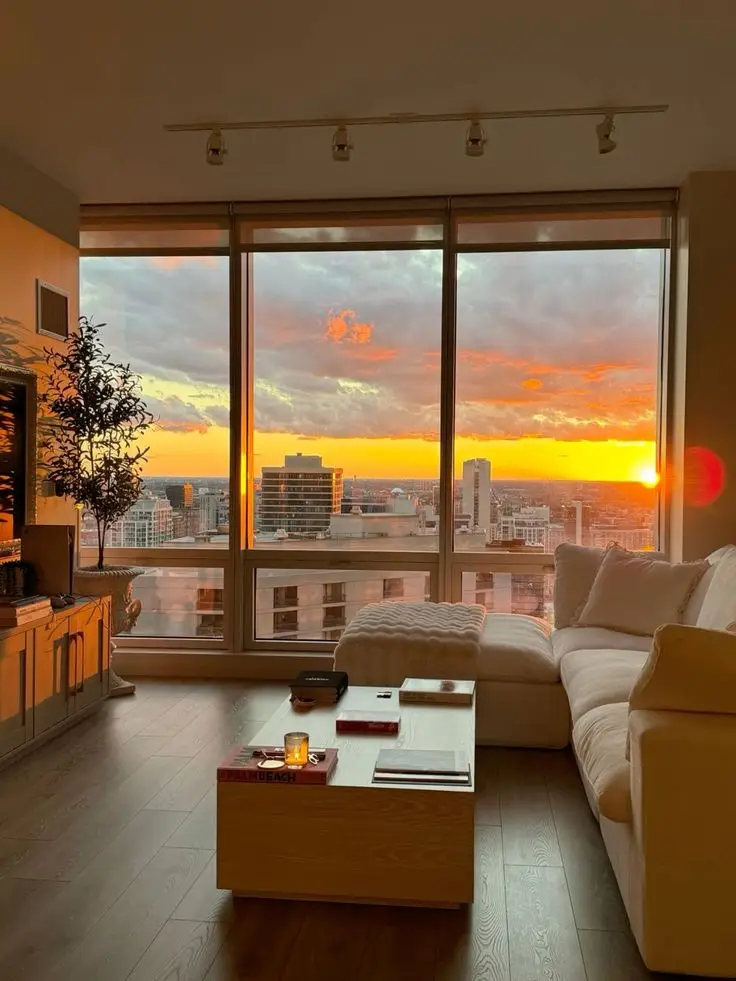
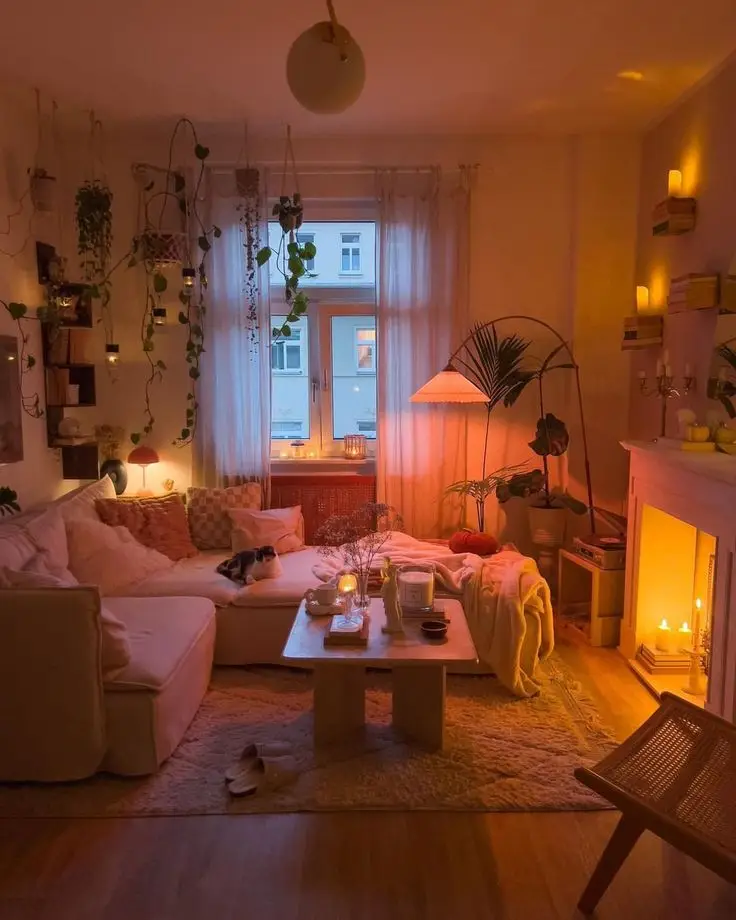
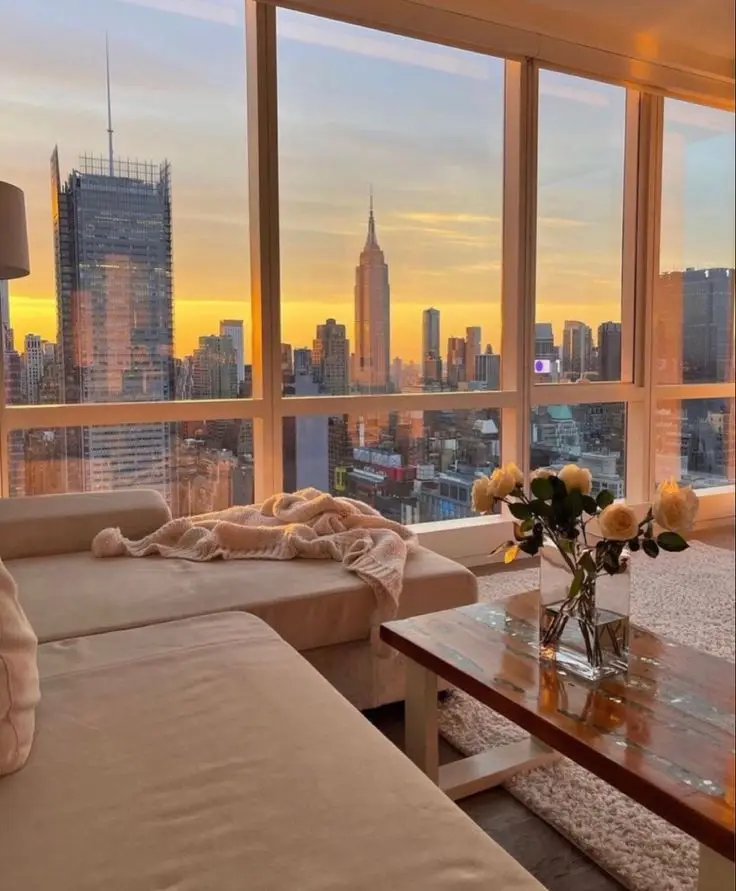
Influence of Japanese Style on Western Interiors
Incorporating Japanese style into Western interiors emphasizes harmony, simplicity, and natural materials. This aesthetic is evident in specific areas such as bathrooms and living spaces.
Zen Bathrooms: A Harmonious Retreat
Zen bathrooms focus on creating a serene and calming environment. You can achieve this through minimalistic designs that incorporate natural materials like wood and stone.
Elements such as soft, diffused lighting enhance the tranquil ambiance. Consider adding features like a deep soaking tub or a rain shower to promote relaxation.
Incorporating plants can also bring the calming influence of nature indoors, contributing to a refreshing atmosphere.
To further emphasize comfort, use plush towels and mats in neutral tones. The goal is to create an inviting space that encourages mindfulness and relaxation.
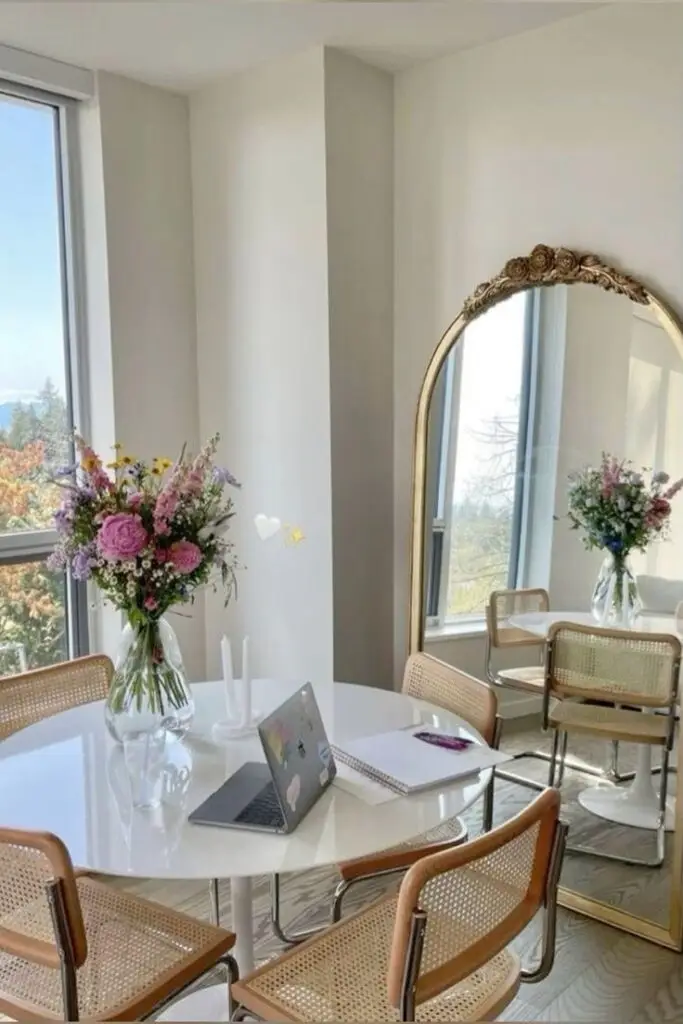
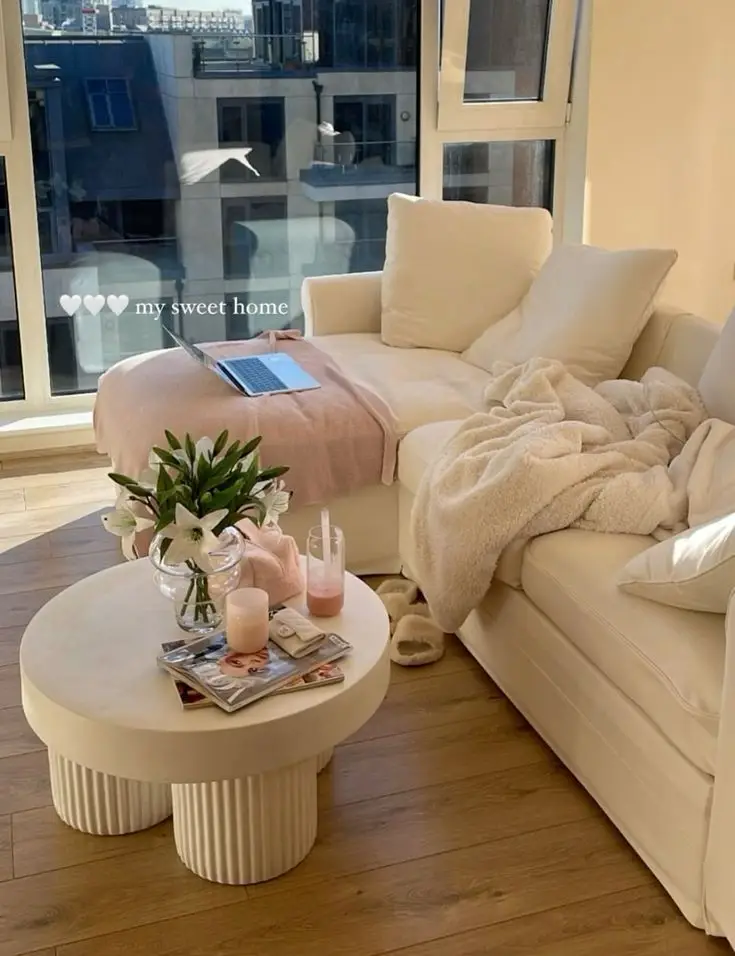
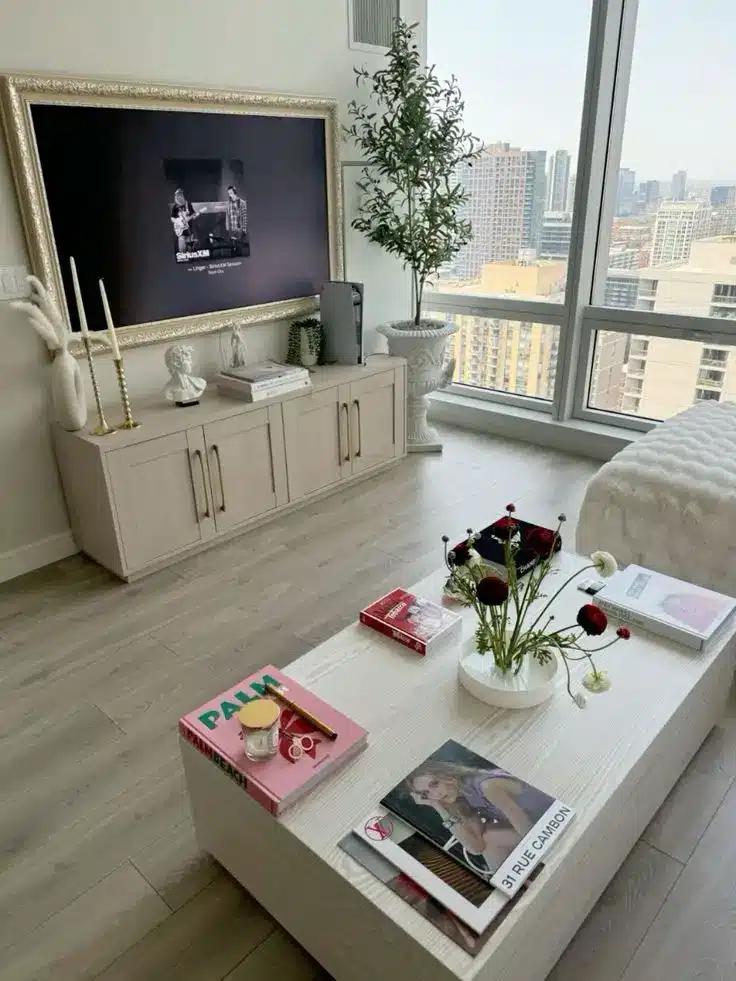
Harmonious Japanese Living Spaces
In Western homes, Japanese living spaces often prioritize open layouts and natural light. You can utilize sliding doors and tatami mats to evoke traditional Japanese elements.
Furniture should be low-profile to maintain a feeling of spaciousness. Consider incorporating multifunctional pieces to maximize utility without cluttering the space.
Natural light plays a crucial role in this aesthetic, so try to keep windows unobstructed. Use soft, earthy color palettes to create a calming environment that promotes relaxation.
Integrating artwork inspired by nature can enhance the serene atmosphere, echoing the connection between indoor and outdoor spaces. This balanced approach creates a harmonious sanctuary in your home.


